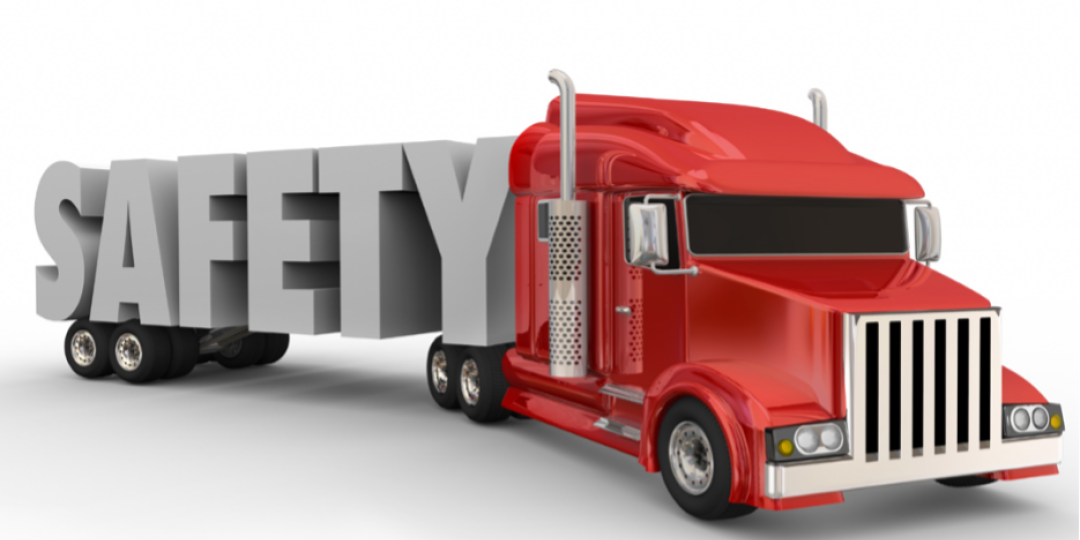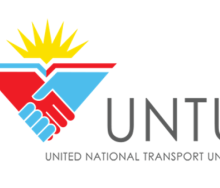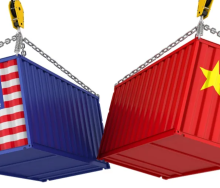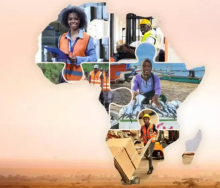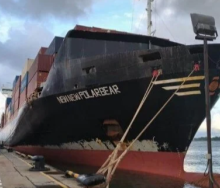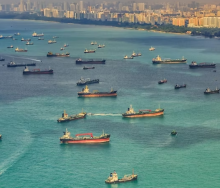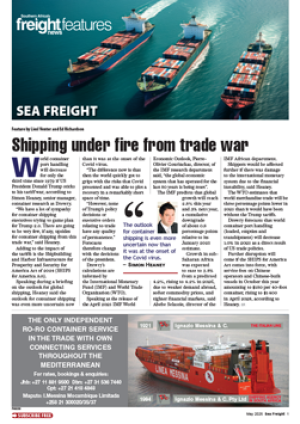The sporadic violence and destruction of property that transport operators in South Africa are subjected to, on top of the ever-present threat of crime and high levels of risk on the country’s roads, emphasise the sector’s need for enhanced safety and security, says Justin Manson of Webfleet.
According to the sales director for the Bridgestone-owned fleet management solutions provider, South Africa’s road freight sector currently accounts for about 85% of all goods transported in the country.
It’s also a sector that is growing rapidly each year.
To ensure that goods are delivered safely, promptly and affordably – all without interfering with traffic – it was now more crucial than ever that transporters and their clients used cutting-edge technology, Manson said.
To better assist the road freight industry through data accumulation, Webfleet is currently busy with its annual Road Safety Survey, which fleet managers can take by clicking here.
Manson identified five focus areas of protection for road freight operators: rising costs, vandalism, breakdowns, bad roads and driver behaviour.
“The global geopolitical climate, as well as the South African socioeconomic situation, have contributed to a rapidly advancing inflationary environment,” he said.
“Electricity and fuel are both contributing to higher prices at the tills. Transporters can use fleet telematics systems that monitor fuel consumption in real time, to reduce the cost of operations and ease the impact on the total cost of production.”
Regarding the spates of truck burning that have plagued the primary mode of supply distribution in South Africa, Manson said: “The road freight industry has encountered hideous challenges in the past few weeks, with 21 trucks being set alight in KwaZulu-Natal, Mpumalanga and Limpopo.
TAKE WEBFLEET ROAD SAFETY SURVEY
“Not only do these attacks put truck drivers' lives in danger, but they also affect the country’s economy.
“With the ongoing truck vandalism, telematics systems can be used in such instances to expand their data source to flag crime hotspots or areas of anticipated social unrest along a regular route and redirect fleets to avoid any potential damage to assets or injury to drivers.”
Talking about breakdowns, Manson said: “Keeping up to date with maintenance schedules is vital in extending the life cycle of vehicles, and doing so manually leaves too much room for error.
“Not only does a commercial-grade telematics system provide regular reminders of upcoming scheduled maintenance for each vehicle, but it also monitors mechanical components in real time to flag any repairs that may need to be done, thus avoiding larger workshop bills down the line.”
Manson also spoke about bad roads.
He said: “As national and provincial road agencies work tirelessly to expand and refurbish ageing road networks, there is a concern that this may lead to congestion, tyre damage or worse, along potholed roads.
TAKE WEBFLEET ROAD SAFETY SURVEY
“To address these issues, telematics capabilities are expanding to notify drivers and their dispatchers where significant road works are taking place that will cause congestion. This allows them to take caution or reroute entirely, depending on the severity of the damage or disruption.”
Manson also looked at driver-related risk, especially reckless and bad driving, a burning-platform issue especially relevant considering the buildup of tip-truck traffic on South Africa’s N4 border crossing into Mozambique, where drivers often skip the queue and resort to other, dangerous tactics in a bid to avoid waiting in line.
He said: “Powered by artificial intelligence, telematics systems are drawing from an exponentially growing repository of data related to historical car crash data, driver behaviour and other risk factors.
“Most importantly, they monitor the drivers themselves and help them to improve by reminding them to take regular breaks and advising them on driving habits to correct, such as over or under steering, taking corners too fast, overall speeding or excessive revving.
“Over time, advanced telematics systems enable transport operators and their customers to gain much better control and visibility of their fleets and valuable assets. This not only helps reduce the cost pressure on consumers but also ensures safety on roads for drivers and other road users in South Africa, even during economic crises,” Manson said.
